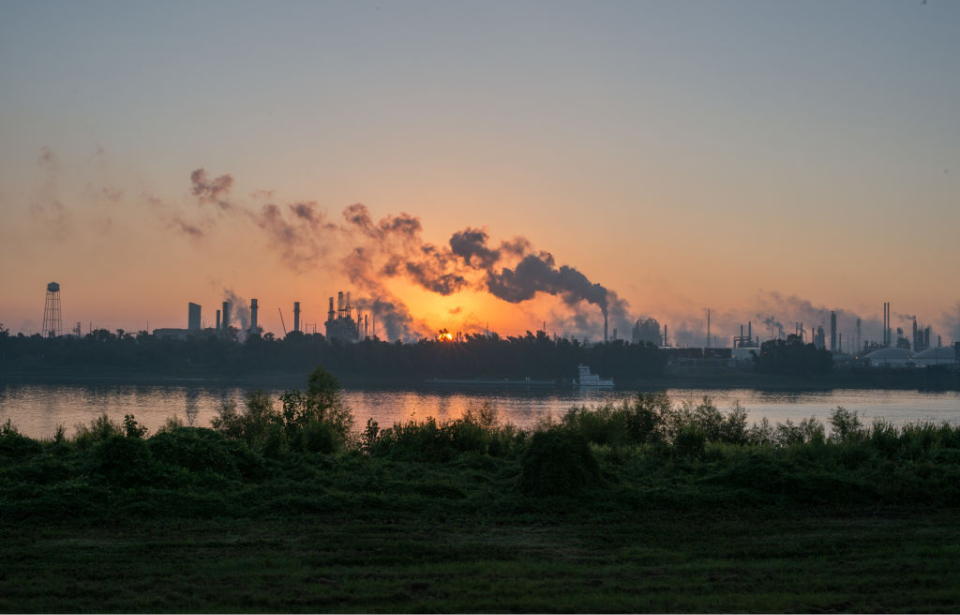Cancer is one of the scariest diseases of the modern world, in part because there are so many different things that can cause it. One of these factors is where you live. There are drastically different cancer rates throughout the United States. These are five of the most cancer-prone states in the US, as well as one state that has the lowest incidence numbers in the country.
Delaware
Delaware is one of the states with the highest cancer rates in the country, although the number of deaths from the disease has declined in the last few years. According to statistics from 2019, there were 487 cancer cases for every 100,000 people, with 171 deaths out of 100,000. In an attempt to lower these numbers, the state made cancer screenings free to all those who are eligible.
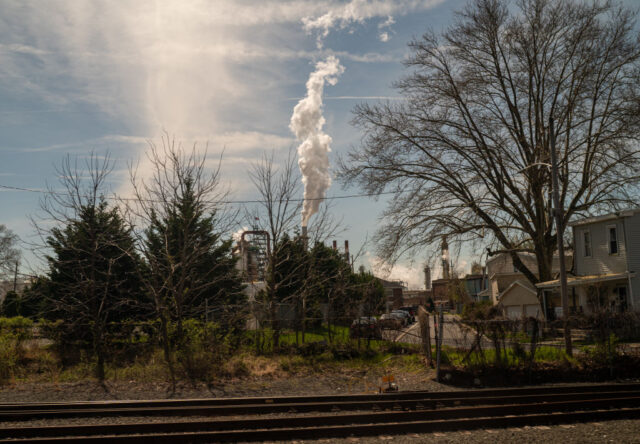
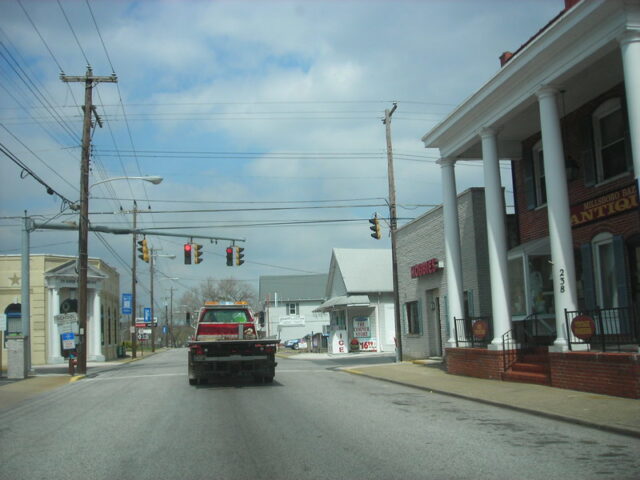
Generally, there isn’t an identifiable cause for why Delaware has higher cancer numbers than many other American states. However, there are some regions where numbers are even higher than others and these have been thoroughly investigated. One example is Millsboro, Sussex County which has increased incidences of lung cancer. This was attributed to elevated levels of arsenic in the drinking water, potentially caused by the nearby coal ash landfill.
Louisiana
While the state doesn’t have the worst cancer rate in the country, Louisiana might have one of the most publicized problems with the disease. It would be hard not to with a place called ‘Cancer Alley’ located there. Statistics from 2015-2019 indicate that there were 484.3 cancer cases for every 100,000 people in the state, and a death rate of 168.3 out of the same number of citizens. There are many reasons for this, including high levels of poverty as well as above-average levels of toxic air pollution.
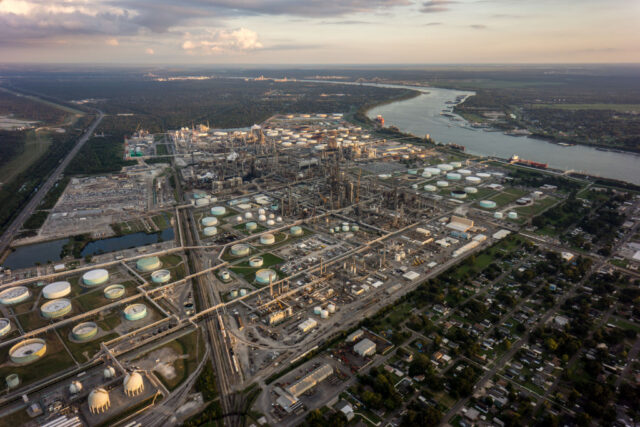
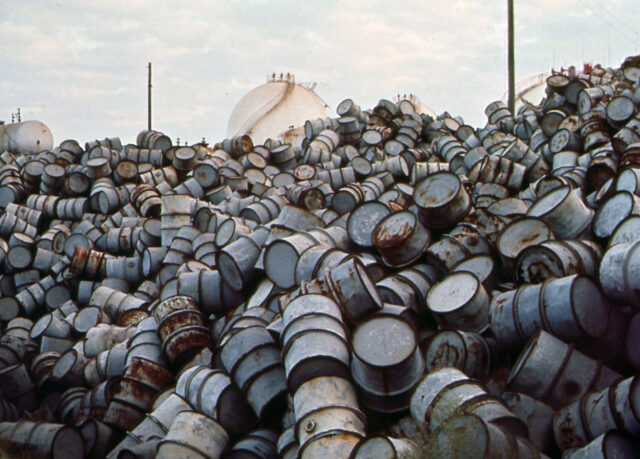
In the area known as ‘Cancer Alley,’ this is just a small part of the problem. Located between Baton Rouge and New Orleans on the Mississippi River is an 85-mile stretch of land that contains over 200 chemical refineries and plants. For those living there, the cancer rate is 46 out of one million, while the national average is 30 out of one million. While little is being done to ensure this area is safe for residents, there are several activist groups making headway in stopping new plants from being built.
New Hampshire
New Hampshire falls in a very similar range to Louisiana when it comes to cancer rates, with statistics from 2015-2019 showing that 482.9 people out of 100,000 would get some form of the disease, breast cancer being the most common. Their death rate is much lower, however, at 150.7 out of 100,000. While this is high compared to the national average, there is one town that stands out from the rest: Merrimack. It is the main reason why the overall statistics are so high throughout the state.
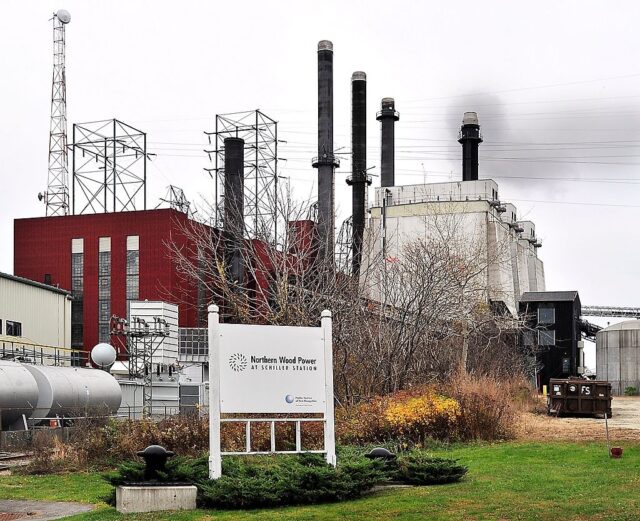
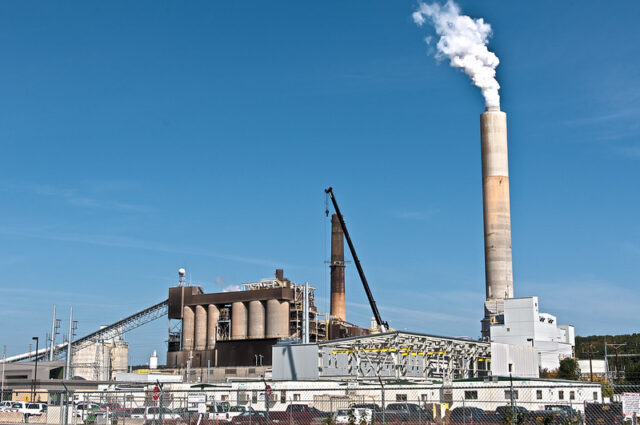
It isn’t because there are consistently high cancer numbers across the region, but because Merrimack has a very dense population that is exposed to man-made chemicals called PFAS. The local Saint-Gobain factory makes glass and fabric lined with PFAS, and in the process, the chemical leached into the water supply. When tested, it was found to be well above the level that is considered safe. Since studies connecting PFAS and cancer first came out, the factory has agreed to provide fresh water to the locals.
New York
Between 2015-2019, it was reported that New York had a cancer rate of 484.8 for every 100,000 people, with breast and prostate cancer numbers being the highest. Roughly 34,000 people die from the disease yearly, meaning it is the second leading cause of death for the state. It’s also reported that cancer rates have been increasing steadily over the last few years, rather than declining.
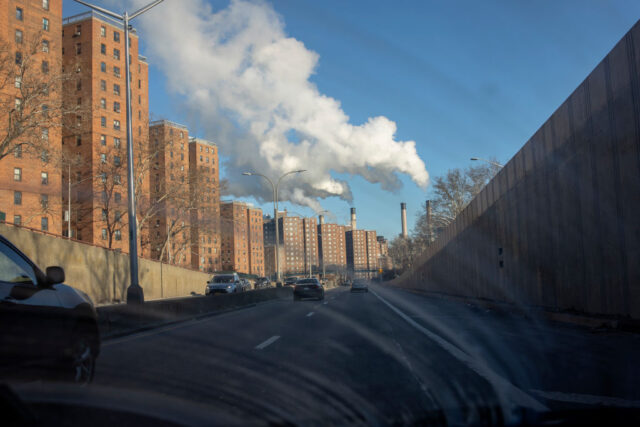
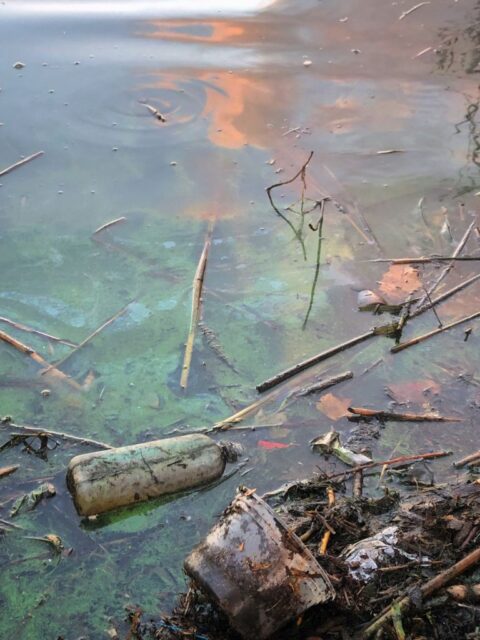
There aren’t any identified regions of the state where these rates are higher than others, unlike many other places in the country. Instead, the numbers are likely due to many factors, such as access to health care, and socioeconomic disparities amongst different communities. For instance, New York City has some of the highest rates of cervical cancer in poorer neighborhoods.
Kentucky
The highest cancer rates in the country can be found in Kentucky. The state has held this position for many years, and, even in 2023, still tops the list with 503.4 new cases per 100,000 people. It’s no coincidence that it’s also one of the five poorest states, with approximately 20 percent of citizens living under the poverty line. This has a big impact on access to healthcare.
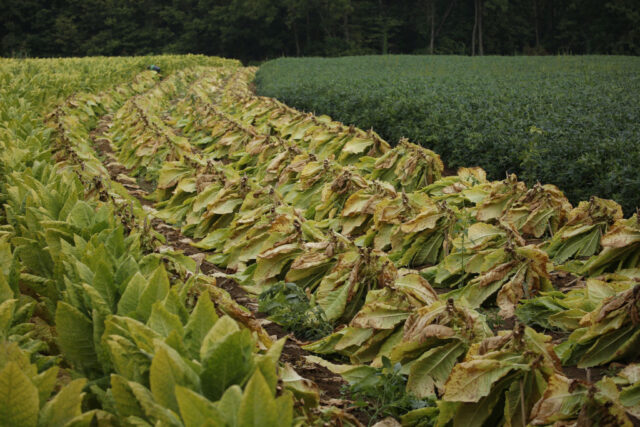
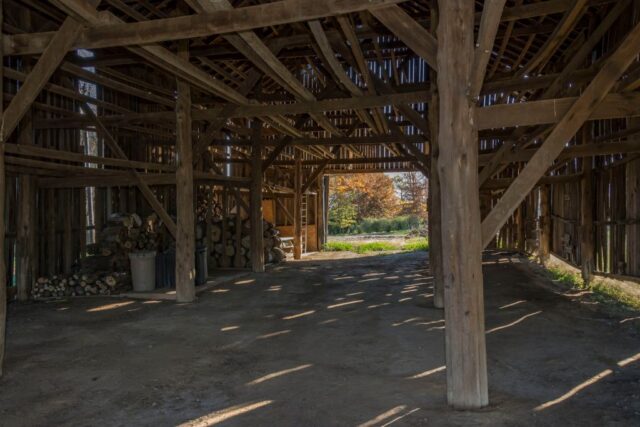
Kentucky is also the state with the highest number of adults who smoke cigarettes – a staggering 23.6 percent of the population as of 2019. The number of lung cancer deaths is significantly higher than in the rest of the country. Part of this can be attributed to the state historically being home to many big tobacco farms. The University of Kentucky has created a cancer prevention program in coordination with other schools to try and tackle this concerning issue.
New Mexico
Before you worry that New Mexico has made the list of states with the highest cancer rates, we’ll reassure you that it hasn’t. It is just an honorable mention of a place in the US that isn’t as cancer-prone. According to the CDC, New Mexico has had the lowest overall cancer rates in the nation for many years. As well as these impressive general figures, the state also has the lowest rates of Hodgkin and non-Hodgkin lymphoma and breast cancer.


The rates of other forms of the disease are still low, even when they don’t hold the title of lowest in the country. They include lung cancer, pancreatic cancer, and melanomas.
More from us: Porton Down, the World’s Oldest Chemical Warfare Facility, Houses the Black Plague
It is worth mentioning that while New Mexico might be in great standing for every other form of the disease, it has the third-highest rate of oral cancer, although it isn’t clear why.
